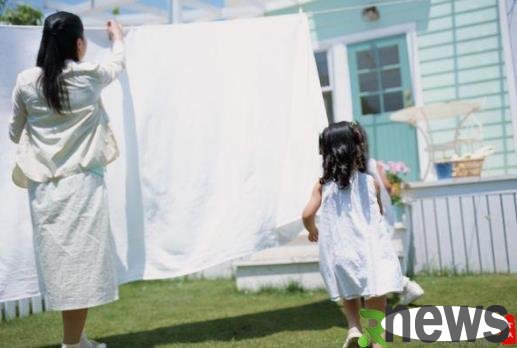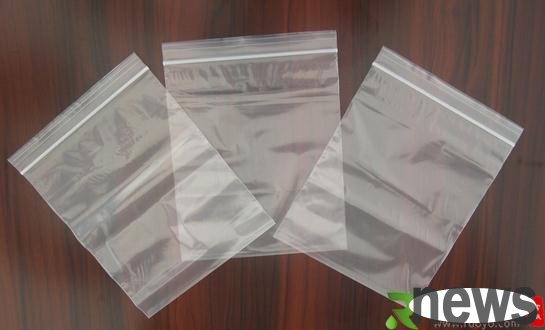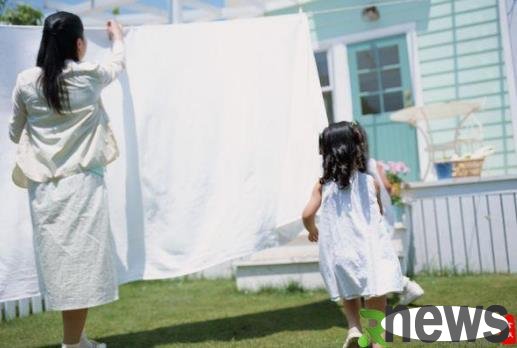When is the best time to dry the quilt

When is the best time to dry the quilt on sunny days? The best time is from 11 am to 2:30 pm. If you want to dry it for a while, if the quilt is too late, cold and dampness will invade, and the dew will moisten it, which will be counterproductive. Not all quilts can be exposed to the sun. For example, synthetic fiber cotton wool should be avoided in sunlight. Down quilts and wool quilts must not be used to bask in the sun, because the high temperature of the sun will change the oil contained in down and wool, produce a rotten smell, and it will also deteriorate and become a breeding ground for lice bacteria.
Pay attention to the details: The quilt is prone to retain some human dandruff, sweat, etc. Even if it is a clean quilt, it will not be sunburned for 3 consecutive months, millions of mites will breed inside, and the ultraviolet rays in the sun can effectively sterilize.
In addition, since various artificial boards and wooden furniture contain chemical substances such as formaldehyde, over time, the quilt placed inside will absorb a large amount of free formaldehyde. So, choose a sunny day and take the quilt to the sun to dry. It will not only kill the harmful microorganisms in the quilt, but also make the cotton fibers stretch and fluffy, allowing you to fall asleep under a soft quilt with "sun smell" “
When drying quilts, you should also pay attention to the following details:
First, the quilt can be directly dried. From 11 a.m. to 2 noon, the sun is the most abundant. If you dry the quilt during this period, the cotton fiber will expand to a certain extent. Don't expose the duvet and wool quilts to the sun, just dry them in a ventilated place such as the balcony for 1 hour.
Secondly, chemical fiber fabrics or quilts with mixed fiber fabrics should not be exposed to the sun, because chemical fibers will release chemicals at high temperatures for a long time. This type of quilt can be covered with a thin cotton cloth first and then dried to protect the quilt from damage. In addition, the wool quilt and down quilt have very good hygroscopicity and moisture removal properties, and it is best to cover a piece of cotton when drying.
Finally, do not slap the quilt when it is sunburned. Because the fibers of cotton are thick and short and easy to break, if you beat them hard, the fibers will turn into cotton dust and run out; synthetic fibers are generally thin and long and easy to deform. Once the fibers shrink and do not easily restore after being beaten, they become a piece of slatted; down quilts cannot be beaten, otherwise the down will break into a small “ feather dust ” thus affecting the warmth effect. In addition, after the quilt is slapped, dust on the surface and mites will fly up, which can easily cause allergic reactions. So, just brush with a brush to remove dust.
How long does it take to dry quilts?
1. The best time to dry quilts on sunny winter is from 10 am to 2:30 pm. If you want to dry it for a while, if the quilt is too late, cold and dampness will invade, and the dew will moisten it, which will be counterproductive.
2. Put the quilt on the rope and the quilt is in it, mainly in the quilt. You will dry the quilt again at 1:00 pm and you can collect it at 4:00 pm. It is best to pat it when collecting it. If it is dirty, it is best to have sticks or something to beat it. The purpose of drying quilts is to use ultraviolet rays to kill bacteria in the quilt. I often dry the quilt and it is comfortable to cover it when I sleep.
3. When drying quilts, in order to avoid direct sunlight, you can cover them with a bed sheet, but turn the quilts over halfway so that both sides can evenly burn the sun. Kapok is twice a week and has sunlight for three to four hours. Combined fiber cotton is once a week, and it is ideal to dry for two to three hours.
4. The wool is sunburned twice a month and in a cool place for two hours. The feathers are dried once a month, thirty minutes in summer and one hour in winter, and they are hung in a cool place.
5. Feather quilts can also be placed on chairs and placed indoors, as long as they can be ventilated, there is no problem.
6. Three changes occurred after the quilt was sunburned: (1) The moisture in the quilt was dried; (2) The microorganisms in the quilt were killed by the ultraviolet rays in the sun; (3) The oxygen in the quilt was stimulated by the ultraviolet rays to become ozone. The final conclusion is that the sun smell is the smell of the dead smell of microorganisms mixed with ozone.









